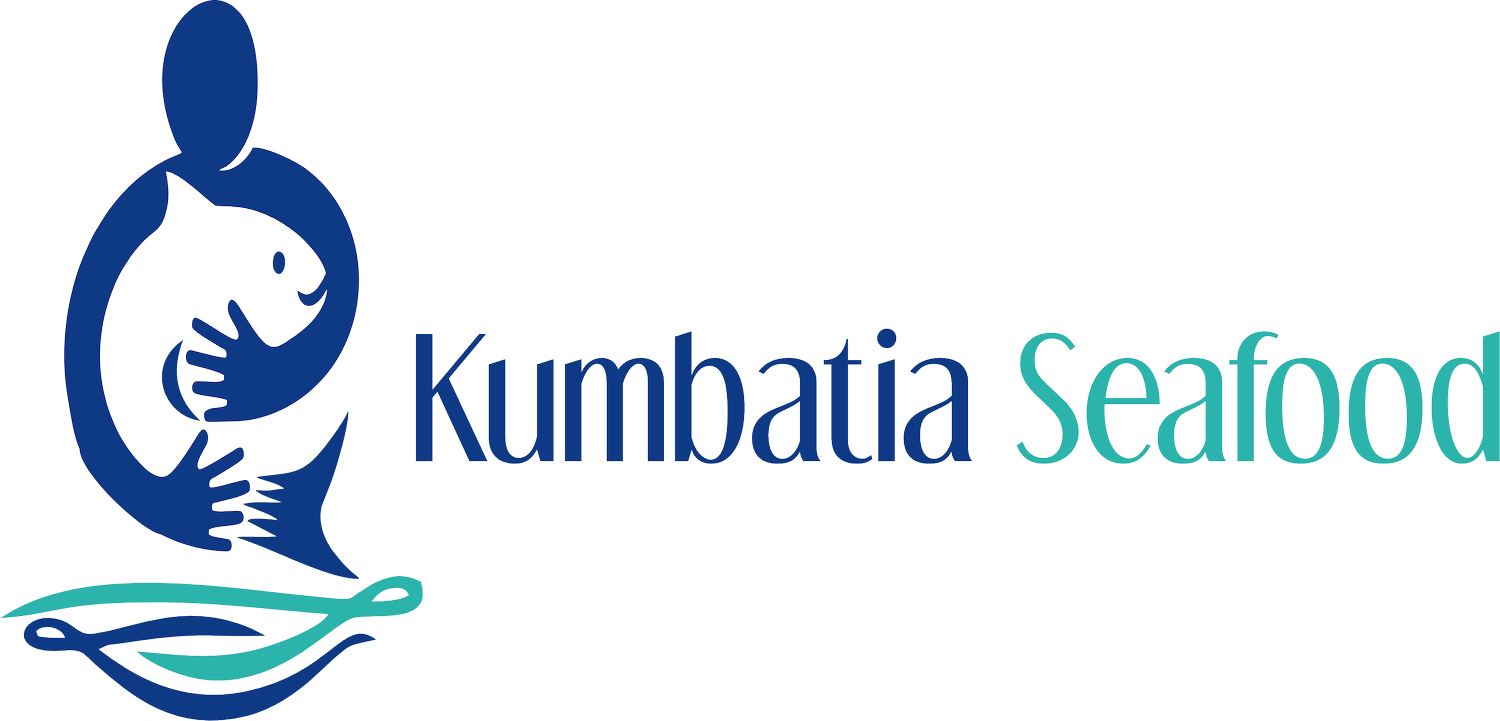An Overlooked Element of the Sustainable Fisheries Supply Chain: Bait
A critical but often less discussed aspect of sustainability in the seafood industry is the need for responsibly sourced inputs. One of the main contributors to the environmental footprint in aquaculture is the nature of the fishmeal or feeds used for production. Essential forage fish such as anchovies and herring, popular for their high fish oil content, have experienced significant population declines due to increased global demand. In response, various efforts are underway to scale alternatives such as black soldier fly feeds and biodegradable artificial baits.
In tropical fisheries, such as those in East Africa, fishers rely on localized sources of bait—primarily squid, parrotfish, mackerel, or octopus—to catch valuable finfish. While sourcing locally supports village-level jobs and is a component of a more equitable value chain, utilizing these non-renewable inputs is not ideal. One solution which Kumbatia aims to develop in the near future is equipping fishers with biodegradable, reusable fishing lures and sourcing local bait exclusively from the species least pressured by artisanal harvesters. In doing so, we can alleviate pressure on the overfished species traditionally used for bait.
Kumbatia is not yet satisfied with its inputs program, but is committed to improving it year-over-year.
